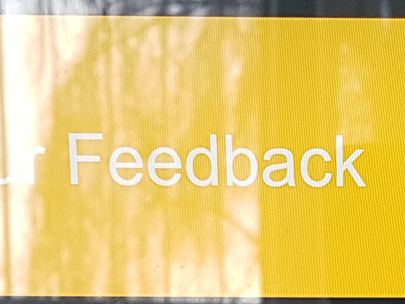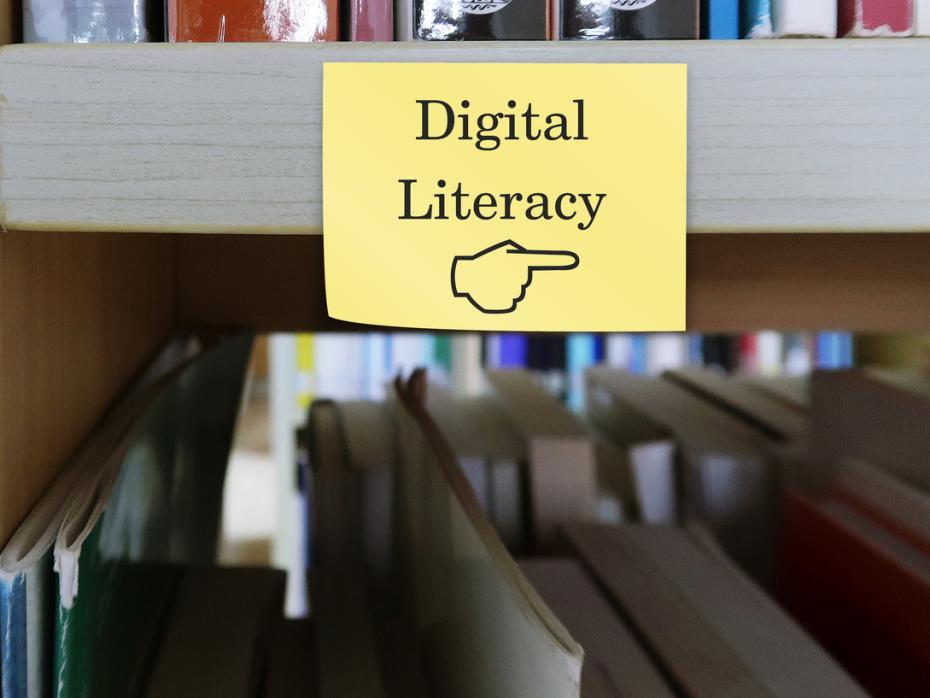Digital accessibility in the teaching and learning space is a vital part of supporting the student community. The digital accessibility project led by University of Nottingham Libraries has sought to introduce best practice and to make a step change in ensuring that learning resources are as accessible as they can be for students.
Here, we offer insights from our experience that we hope will be useful to others as they drive efforts towards digital accessibility within their own institutions.
Work towards maturity rather than compliance
The first step on our journey was to undertake an institutional maturity exercise to assess digital accessibility across the institution with the help of consultant Alistair McNaught. Institutional maturity looks at whether you have the right things in place to become a truly accessible organisation, rather than taking a narrow focus on compliance.
This involves assessing your institution from a wide range of different perspectives, asking questions such as: “Is responsibility for digital accessibility formalised in job roles?”, “Do you have a single responsible owner?”, “Are disabled users part of your design processes?” and “What governance and quality assurance do you have in place?”
The resulting report gave us a mandate for change, with the detail informing a portfolio of projects to address the identified shortcomings. These included the development and provision of:
- best practice guidance
- an accessibility statement
- a comprehensive suite of online resources and training
- accessibility tools for staff and students, including the Brickfield Accessibility Toolkit and Sensus Access
- a digital accessibility community of practice
- two national conferences.
All this was supported by a governance group with membership from across the faculties, and a comprehensive programme of communications.
Establish networks with visible leadership support
Active and visible support from university leadership is crucial for this work, with networks that report into a central working group.
We established a digital accessibility delivery group to provide governance for the programme, which was chaired by the faculty associate pro vice-chancellor for education and student experience and sponsored by the pro vice-chancellor for people and culture. Membership includes departmental representatives, learning technologists and digital accessibility specialists.
- THE Awards 2024 spotlight: learn from the best in UK and Irish higher education
- Read more: digital accessibility is real and tangible
- How to improve digital accessibility at your institution
Each faculty in turn created a digital accessibility working group, with these groups reporting into the governance group to communicate the needs and concerns of the faculties.
The group identified and enhanced the touch points with university policies and strategic plans and has the necessary connections to embed digital accessibility as a priority in all the university’s key strategic projects.
Take a common-sense approach to programme management
To drive cultural change and give our programme team a shared understanding of how this would take place, we used the managing successful programmes (MSP) framework. The MSP framework provides clarity on the roles and responsibilities necessary for strategic change to take place, and we found the focus on delivering capabilities, and then systematically realising the benefits of those capabilities to be a helpful approach.
Applying this framework to an HE context comes with challenges, and the dogmatic practitioner will quickly run into issues. However, it also provides a useful set of common-sense themes, principles and processes to facilitate meaningful change.
Design a portfolio of projects that will deliver the capabilities you need
Capabilities are the things that need to be in place for the change to occur. Capabilities take many forms, from policy to training courses, from resources and guidance to new tools and software, from new roles and responsibilities to new communities of practice.
We established three dedicated digital accessibility roles, led by the programme manager, and this group facilitated a portfolio of project work to deliver the necessary capabilities, working with colleagues across the faculties.
Our accessibility statement is the cornerstone of this work, and from it we were able to create the Nottingham Accessibility Framework, which set out the expectations for staff, and acknowledged the digital accessibility challenges and how they were to be addressed. We spent a year road-testing the framework to check that it worked and that what we were asking staff to do was reasonable.
Focus on realising the benefits
Capabilities will not change anything by themselves. Key to the success of any change programme is the systematic realisation of the benefits afforded by new capabilities. For us, this has been driven by the faculty leadership teams, supported by the delivery group, who have the authority to establish digital accessibility among the faculties’ priorities.
Data has been a key element of our strategy to drive the benefits realisation phase. We are monitoring progress using data from various sources, and we are using that data to drive action where required. We have made a lot of progress; we also know we still have a long way to go.
Community is key
We are working towards building a centre of excellence at the University of Nottingham regarding teaching and learning digital accessibility. We have organised two highly successful conferences, with more than 800 people attending the most recent event. We have seen a huge appetite for advice and guidance, and that the sector still has a very long way to go to meet our responsibilities to our students.
Working with colleagues across the sector, we have established the Association for Learning Technology’s special interest group for digital accessibility, and our aims are to continue brokering a sector-wide consensus regarding a set of minimal standards that any institution will be able to take and adapt, confident that they reflect sound approaches to the digital accessibility conundrum.
Effecting major cultural change is a multi-year journey that must translate the outputs from the programme into “business as usual” activity and be able to sustain it. Key to this is establishing a mandate for change and engaging active and visible support from university leadership to drive this forward.
Julian Tenney is learning content team leader at University of Nottingham Libraries.
University of Nottingham Libraries was shortlisted in the Outstanding Library Team of the Year category in the 2024 THE Awards. A full list of nominees can be found here.
If you would like advice and insight from academics and university staff delivered direct to your inbox each week, sign up for the Campus newsletter.




comment